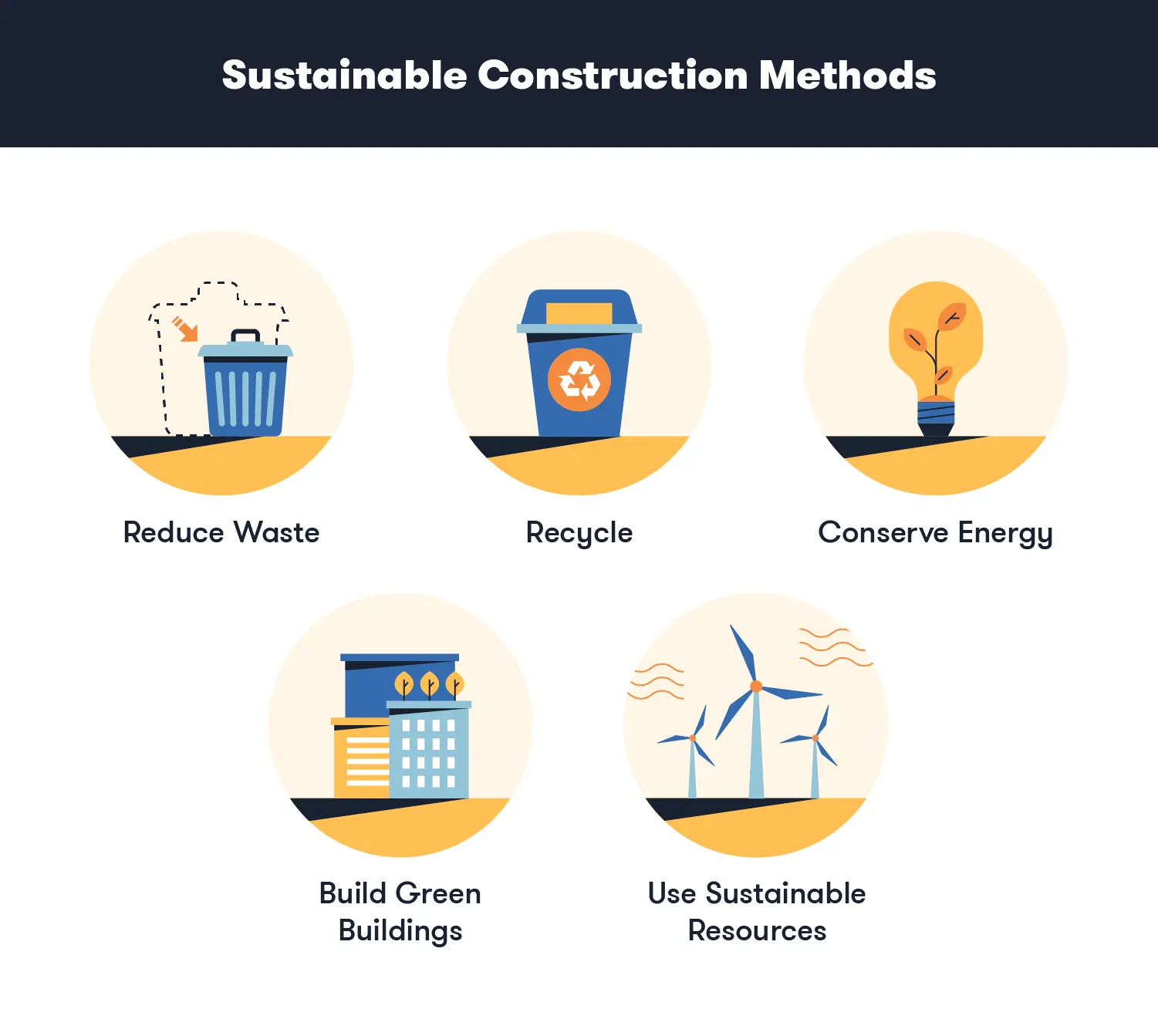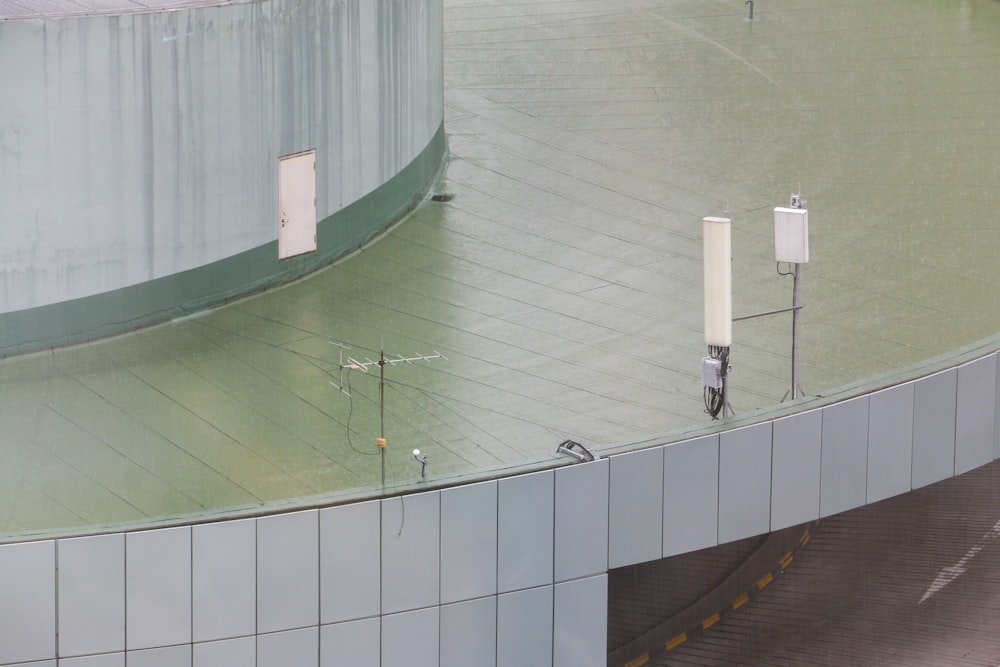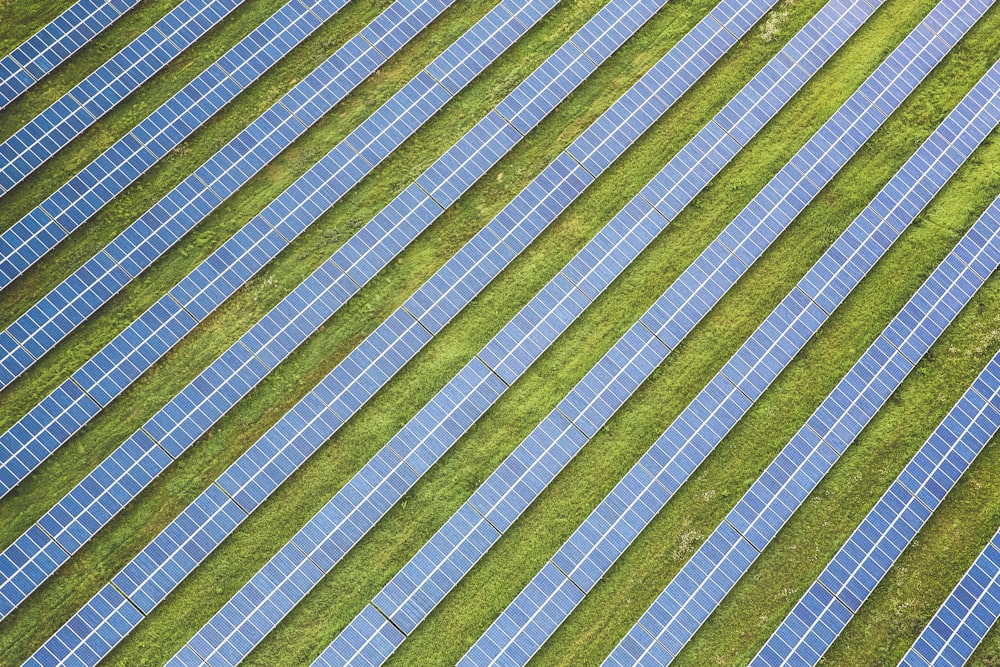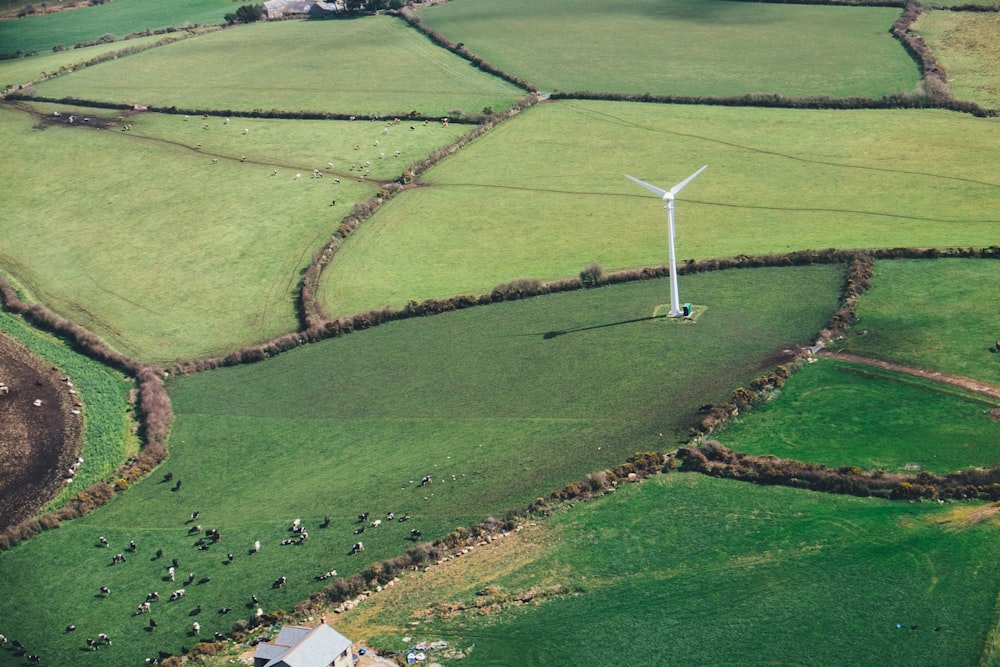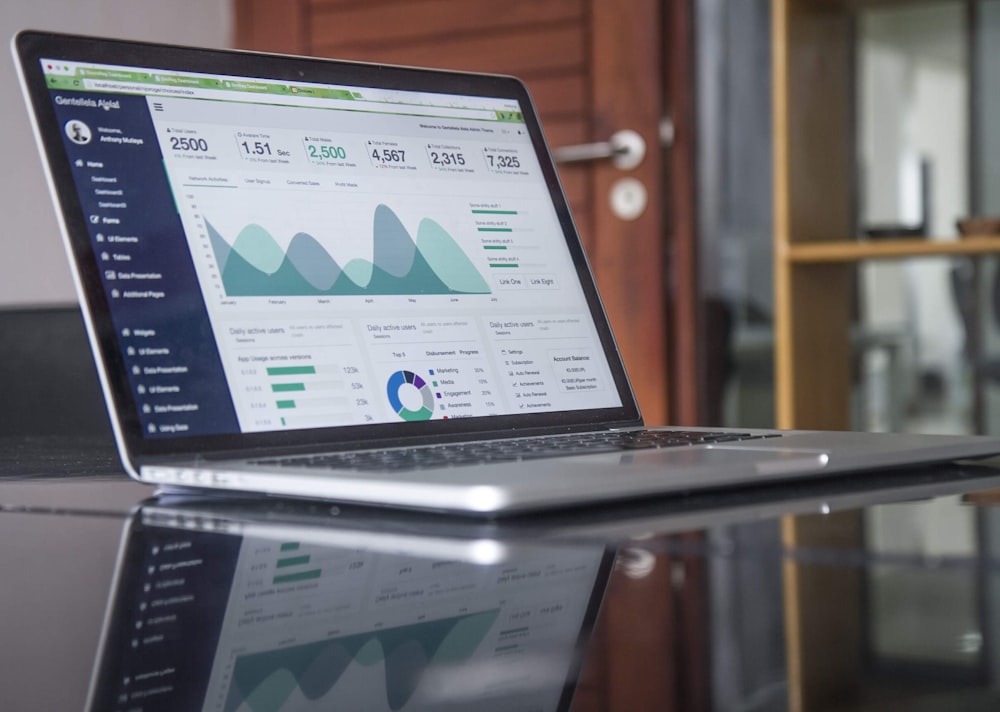Green IoT: Sustainable Solutions for a Connected World
The Intersection of Sustainability and Connectivity
In today’s interconnected world, the Internet of Things (IoT) has emerged as a powerful force for innovation and efficiency. However, the rapid proliferation of IoT devices has also raised concerns about their environmental impact. Green IoT seeks to address these concerns by integrating sustainability principles into IoT design, deployment, and management.
Efficient Energy Management
One of the key pillars of green IoT is efficient energy management. IoT devices are often powered by batteries or connected to the electrical grid, consuming energy in the process. By implementing energy-efficient hardware designs, optimizing software algorithms, and leveraging low-power communication protocols, green IoT solutions minimize energy consumption without compromising performance. This approach not only reduces operational costs but also extends the battery life of devices and lowers carbon emissions.
Renewable Energy Integration
In addition to optimizing energy use, green IoT promotes the integration of renewable energy sources into IoT infrastructure. Solar panels, wind turbines, and other renewable energy technologies can power IoT devices, reducing reliance on fossil fuels and decreasing the carbon footprint of IoT deployments. By harnessing clean and sustainable energy sources, green IoT contributes to the transition towards a more environmentally friendly energy system.
Smart Resource Management
Green IoT solutions enable smart resource management across various domains, including water, waste, and transportation. IoT sensors and actuators monitor resource usage in real-time, allowing for more efficient allocation and utilization. For example, smart irrigation systems use soil moisture sensors to deliver water precisely where and when it is needed, reducing water waste and promoting sustainable agriculture practices. Similarly, IoT-enabled waste management systems optimize collection routes, minimize landfill usage, and promote recycling and composting.
Environmental Monitoring and Conservation
IoT technology plays a crucial role in environmental monitoring and conservation efforts. Remote sensors deployed in natural habitats, waterways, and urban areas collect data on air quality, water quality, biodiversity, and other environmental parameters. This data enables scientists, policymakers, and conservationists to better understand ecosystem dynamics, identify environmental threats, and implement targeted conservation measures. Green IoT solutions facilitate real-time monitoring, data analytics, and decision-making, enhancing environmental stewardship and biodiversity conservation efforts.
Eco-Friendly Transportation
In the transportation sector, green IoT solutions are driving eco-friendly initiatives such as electric vehicles (EVs), shared mobility services, and intelligent transportation systems. IoT-enabled EV charging stations optimize charging schedules based on renewable energy availability, grid demand, and user preferences, maximizing the use of clean energy sources. Moreover, IoT sensors installed in vehicles and infrastructure monitor traffic flow, reduce congestion, and improve road safety, promoting sustainable and efficient transportation networks.
Sustainable Supply Chain Management
Green IoT enables sustainable supply chain management practices by enhancing visibility, transparency, and traceability throughout the supply chain. IoT sensors track the movement and condition of goods in transit, providing real-time insights into temperature, humidity, location, and other parameters. This data enables companies to optimize logistics operations, reduce product spoilage and waste, and ensure compliance with environmental regulations and ethical sourcing practices. Green IoT solutions empower businesses to build more resilient and responsible supply chains.
Smart Buildings and Urban Spaces
In urban environments, green IoT technologies are transforming buildings and infrastructure into smart and sustainable assets. IoT sensors monitor building occupancy, temperature, lighting, and energy usage, optimizing comfort levels and energy efficiency. Smart building management systems automate HVAC, lighting, and other systems based on occupancy patterns and environmental conditions, reducing energy waste and operating costs. Additionally, IoT-enabled urban infrastructure, such as smart streetlights and waste bins, improves public services, enhances safety, and reduces environmental impact.
Community Engagement and Education
Community engagement and education are essential components of green IoT initiatives. By raising awareness about the environmental benefits of IoT technology and promoting citizen participation, communities can actively contribute to sustainability efforts. Green IoT projects involve stakeholders in decision-making processes, solicit feedback, and empower individuals to adopt eco-friendly behaviors and lifestyles. Through education, advocacy, and collaboration, green IoT fosters a culture of environmental stewardship and collective action.
Continuous Innovation and Collaboration
Green IoT is a rapidly evolving field that relies on continuous innovation and collaboration among stakeholders. Governments, industry players, research institutions, and civil society organizations collaborate to develop and deploy green IoT solutions that address pressing environmental challenges. Open standards, interoperability, and data sharing initiatives enable the integration and scalability of green IoT technologies across different sectors and geographic regions. By harnessing the power of technology, innovation, and collaboration, green IoT holds the promise of a more sustainable and resilient future for all.


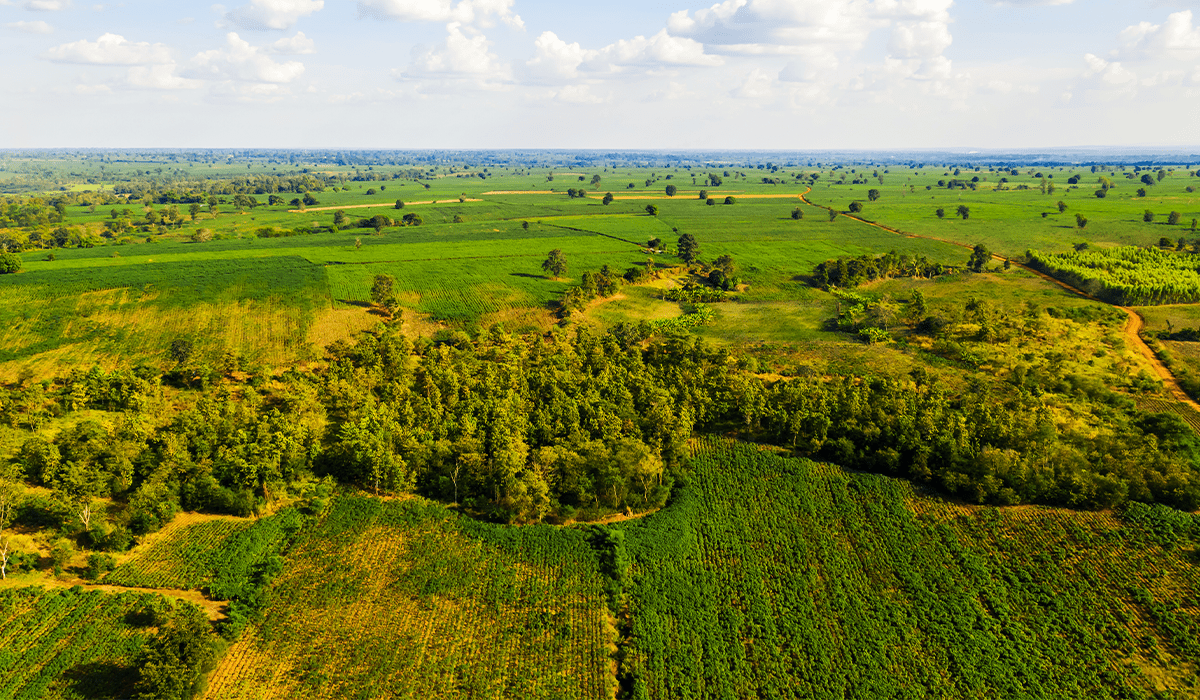
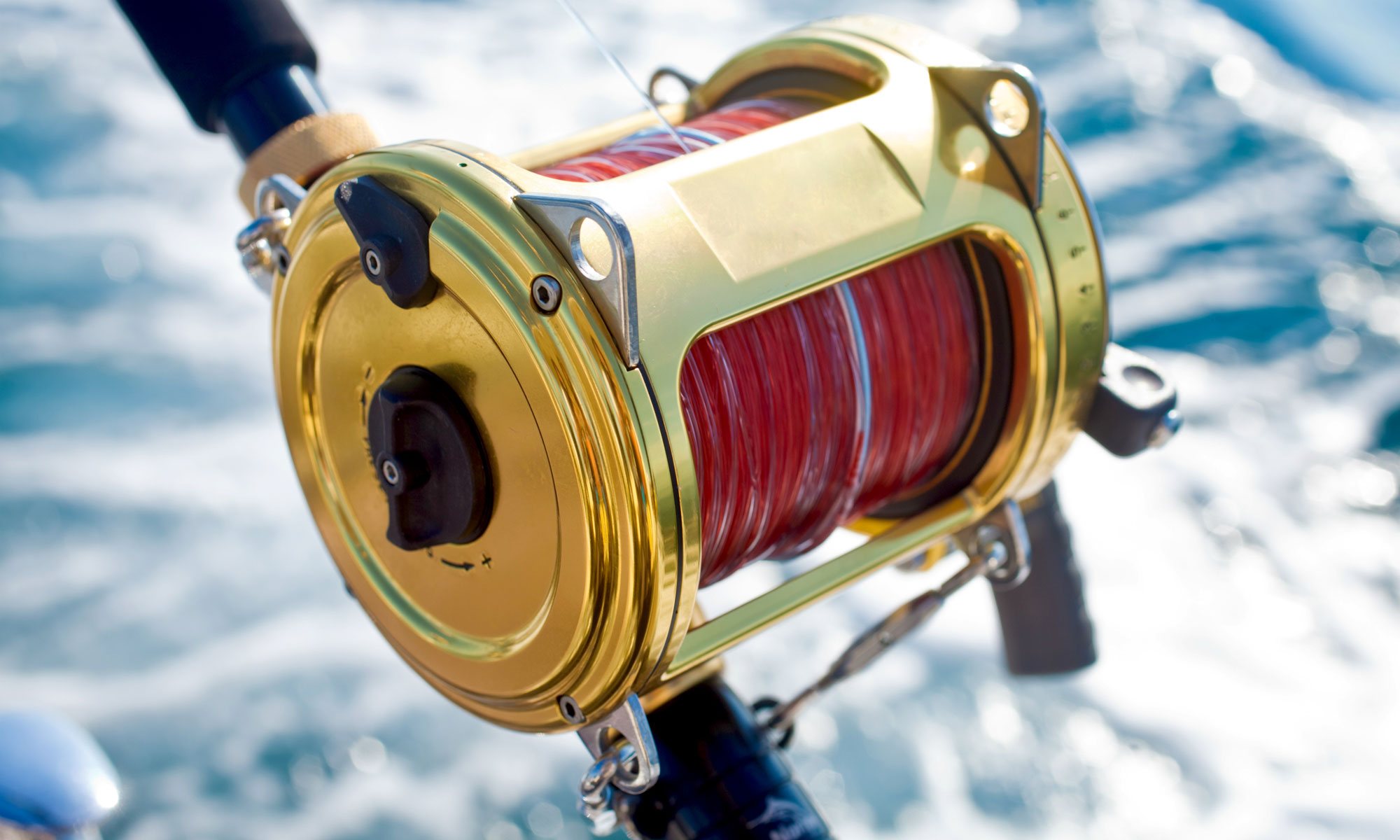











:strip_icc():format(webp)/kly-media-production/medias/1361321/original/037551300_1475300410-software.jpg)













